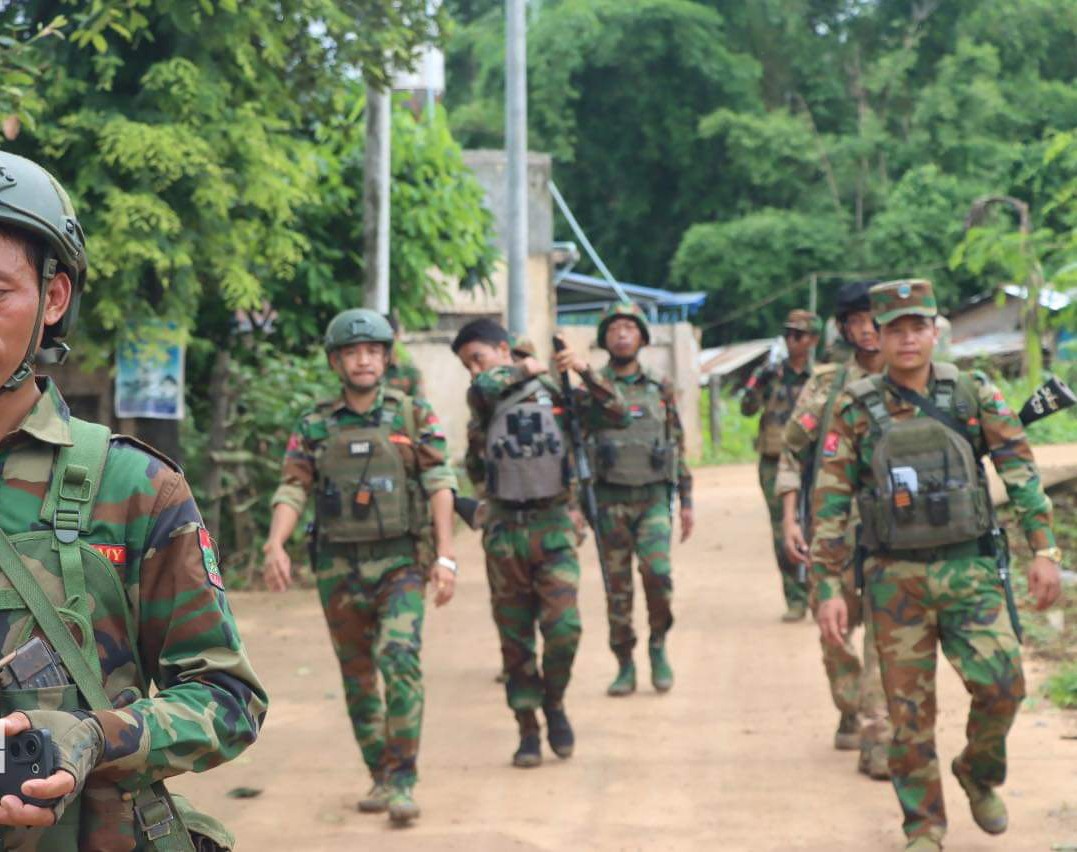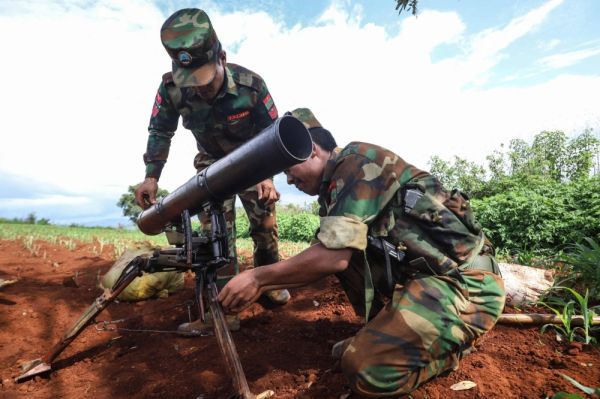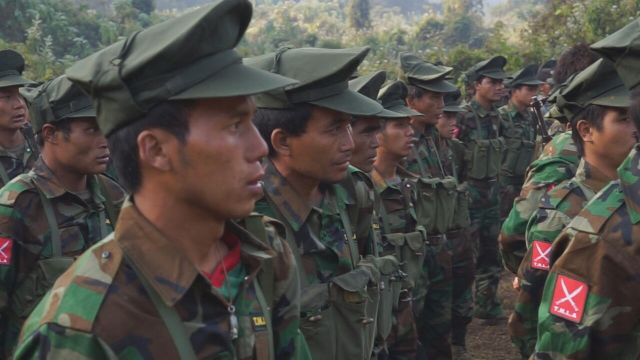
Technology: The rapid pace of technological advancements, from artificial intelligence to renewable energy, has transformative effects on societies and industries.
Geopolitics: Understanding the evolving dynamics between nations, international organizations, and regional powers helps predict potential conflicts and collaborations.








Economy: Monitor economic indicators, trade agreements, and currency fluctuations to anticipate market trends and financial opportunities.
Cultural Shifts: Changes in cultural norms, social attitudes, and consumer behaviors influence marketing strategies, product development, and societal dynamics.
Incorporating Global Awareness
Education: Educational institutions play a vital role in nurturing global awareness. Curricula that include global issues, cultural studies, and international relations help shape informed citizens.
Media Literacy: Teaching media literacy equips individuals with the skills to critically evaluate information sources, distinguish between facts and opinions, and recognize bias.
Travel and Cultural Exchange: Immersing oneself in different cultures through travel or cultural exchange programs fosters empathy and a deeper understanding of global inter connectedness.
Suggested Images for the Article
A collage of global landmarks symbolizing inter connectedness.
An image illustrating diverse individuals engaged in discussions, representing the importance of global awareness.
A snapshot of a newsroom to depict the process of curating and disseminating global news.
Conclusion
Staying updated on global developments isn’t just about staying informed—it’s about actively participating in shaping the world we live in. By embracing the opportunities presented by the digital age and adopting strategies to filter and interpret information, we can truly keep pace with the dynamic nature of our interconnected planet.

Leave a Reply